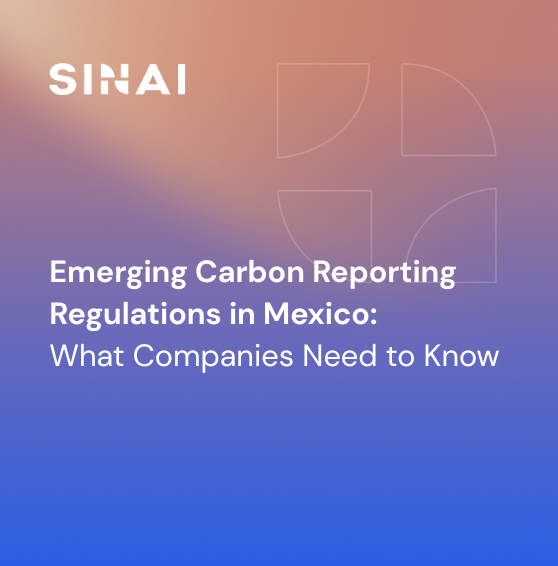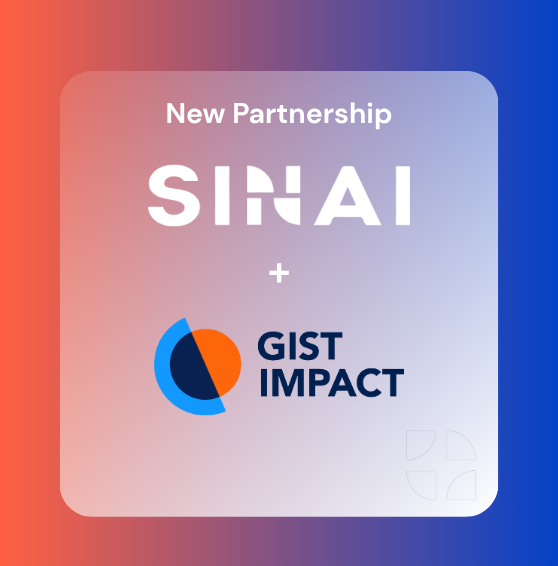
Navigating Europe’s CRSD Disclosure Requirements
In 2021, the European Parliamentary Research Service (EPRS) realized that standardized ESG data was missing from companies disclosing under the Non-Financial Reporting Directive (NFRD). In order to close this gap and provide confidence to investors, the EPRS launched the Corporate Sustainability Reporting Directive (CSRD). The CSRD went into effect in early 2023 and impacts companies of all sizes that will now have more standardized sustainability reporting obligations.
Who Is Obligated Under the CSRD?
Navigating reporting obligations under the CSRD can be complicated, as it’s depends on your company’s total assets, revenue, location, holding status, and employees.
- Companies with listed securities in EU markets that meet the following size criteria: more than €450,000 in total assets, €900,000 in revenue, and and average of 10 employees
- Large undertakings (EU Based) meeting two of the three requirements: revenue > €50 Million, Balance sheet > €25 Million, and more than 250 employees
- EU Based parent company inclusive of entities based overseas
- Parent companies based outside the EU that generate more than $150 Million in the EU and meet one of the following criteria: owns a subsidiary that meets the criteria of a large undertaking based in the EU (#2), owns a subsidiary with securities in EU Markets (#1), owns a EU division with > €40 million in revenue
Given the complex network of dependencies, it can be confusing which parts of your business are obligated and which are exempt. While this can be a helpful guide to navigate, it is likely valuable to confirm your situation with a legal expert.
The need for CSRD disclosures were recognized in late 2021, the formal structure and standards have been under review in 2023 and are expected to be finalized by early 2024. Once finalized, initial disclosures will be required for fiscal year 2024, with an exemption until 2028 for some large and international enterprises.
What needs to be Disclosed?
The CSRD is designed to be a comprehensive ESG disclosure framework for companies operating in European markets. While still being finalized, EFRAG has released a draft proposal that includes 12 different standards to to report against that are broken down into 4 distinct categories aligned with ESG principles: Environmental, Social, Governance, and Cross-Cutting Principles (apply to all sustainability principles). Not all standards will be required for your business, so let us help you navigate:
Cross-Cutting Standards
- ESRS 1 - General Requirements: Describes the requirements of the CSRD report. This standard does not require specific disclosures, but rather guidelines for the rest of the CSRD. These guidelines include materiality assessments for the remainder of the ESRS standards.
- ESRS 2 - General Disclosures: Covers general and high level disclosures that cover the rest of the standards. This separated here to avoid redundancy in other standards and is follows the four pillar approach defined by the ISSB and TCFD. Disclosures include risks, opportunities, targets and materiality assessment.
Environmental Standards
- ESRS E1 - Climate Change: Coverts your businesses impacts and risks associated with a changing climate. This includes all GHG Metrics, decarbonization strategies, and adaptation strategies. This disclosure calls for the actions, risks, and financials of mitigating any negative impacts.
- ESRS E2 - Pollution: Covers your businesses impact and contributions to pollution to air, water, and soils and management of any other substances of concern. This disclosure calls for the actions, risks, and financials of mitigating any negative impacts.
- ESRS E3 - Water and Marine Resources: Disclosures around how your business uses water responsibly. This disclosure calls for the actions, risks, and financials of mitigating any negative impacts.
- ESRS E4 - Biodiversity and Ecosystems: Disclosures around how your business operations depends on and impacts the local ecosystem and surrounding biodiversity. This disclosure calls for the actions, risks, and financials of mitigating any negative impacts.
- ESRS E5 - Resources Use and Circular Economy: Disclosures around how your business consumes natural resources with special call out to renewable and regenerative resources as well. This also includes waste management strategies as well as application of circular economy. This disclosure calls for the actions, risks, and financials of mitigating any negative impacts.
Social Standards
- ESRS S1 - Own Workforce: Disclosures around the measured treatment and impacts to the company’s workforce. This includes data on working conditions, equality in the workforce, and labor laws. This disclosure calls for the actions, risks, and financials of mitigating any negative impacts.
- ESRS S2 - Workers in Value Chain: Disclosures around the impacts your business has the working conditions, equality in the workforce, and labor laws of your suppliers. This disclosure calls for the actions, risks, and financials of mitigating any negative impacts.
- ESRS S3 - Affected Communities: Disclosures linked to your business’s impacts on the political, social, civil, and cultural rights. There is also special disclosures for indigenous communities in particular. This disclosure calls for the actions, risks, and financials of mitigating any negative impacts.
- ESRS S4 - Consumers and End-users: Disclosures around how your business’s operation and products impact health and lifestyle of consumers. This disclosure calls for the actions, risks, and financials of mitigating any negative impacts.
Governance Standards
- ESRS G1 - Business Conduct: Disclosures to communicate how sustainability, transparency, and ethics are integrated across all levels of the company and how it contributes to sustainable business conduct.
Tying it all Together
As you can see, the CSRD requires disclosures of many different ESG metrics. Collecting this data with the appropriate level of detail will require several data sources from many different places. Having systems in place that can efficiently capture and report all of this data in a streamlined manner will save time and money when it is time to organize and publish your report. SINAI can help in this space for the disclosures outlined in ESRS E1 by streamlining you business’s GHG Metrics and building a detailed decarbonization roadmap with full transparency into financial risks and exposure.











